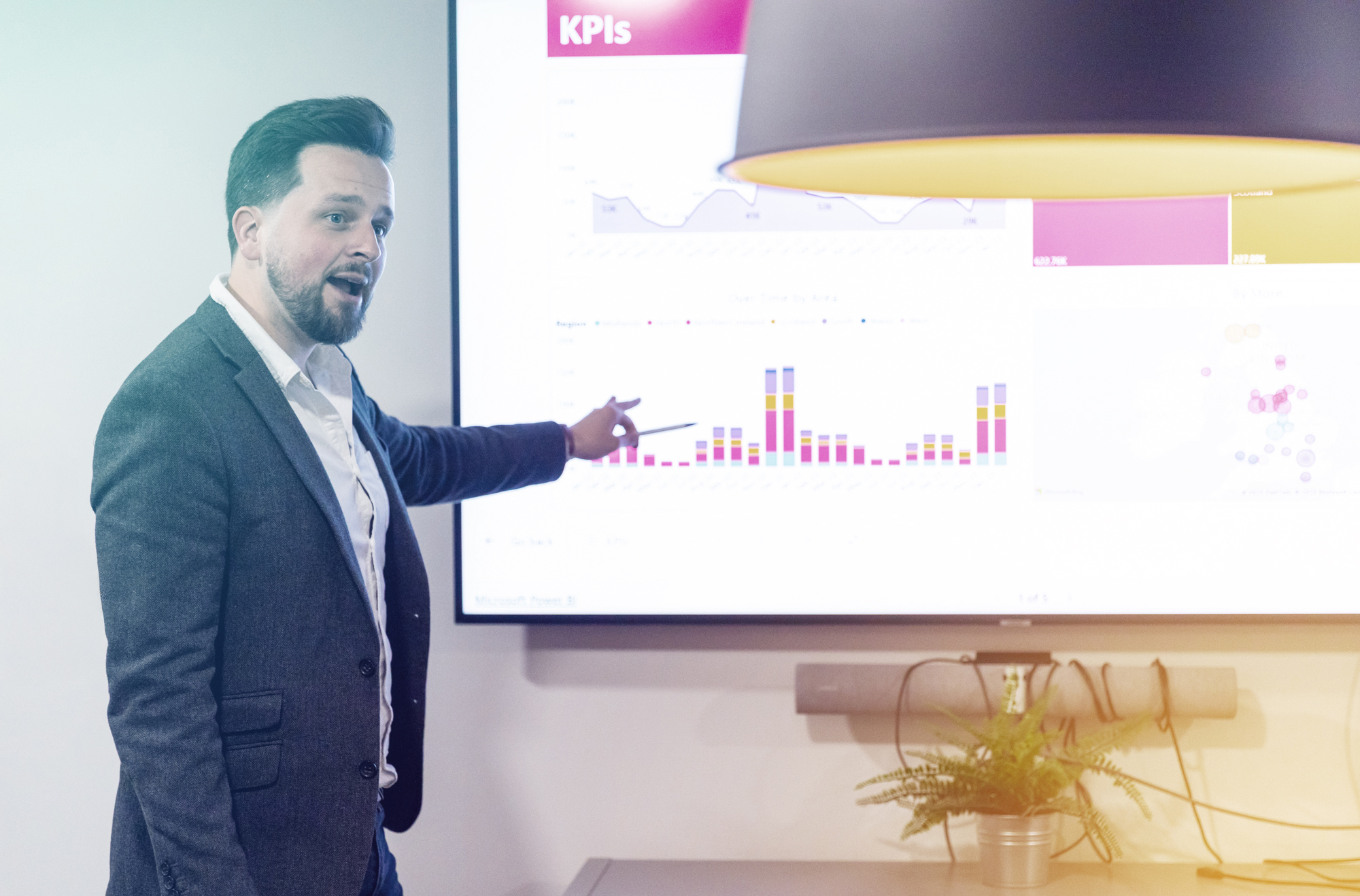PE & M&A: Part 1 – Setting the Scene: Technology – A Driver of Value for Private Equity… and a Growing Source of Risk


Examining some of the levers of the investment thesis
Inherent in every deal now is the question: can we build (or buy) a digital core fast enough to unlock growth and protect downside? In practice, that translates into a number of interlocking levers:
Data as operating muscle
Data models need to be redefined and standardised (across customer, product, pricing, supply chain) and wired into consistent pipelines with governed access. For portfolio companies, the goal isn’t just another dashboard, it’s building analytical ‘reflexes’ into decision-making. By standardising data early, management teams can reuse powerful analytics to act faster and smarter. Once a firm has defined a clear data strategy methodology (e.g. how to clean and structure customer data, what a lifetime value model looks like, which KPIs are tracked, how pipelines are governed) it can re-use that playbook to reduce the time-to-impact and create a stronger, repeatable story at exit.
Low-code to compress change windows
Legacy estates make change slow and risky, particularly in mid-market portfolio companies with thin IT benches. Low-code/no-code platforms give functional leaders the ability to stand up governed apps and workflow automations in weeks, not months. LC/NC builds on your core systems foundation, extends the business domain of traditional ERPs allowing you to systemise further into your less reachable processes, rapidly enhance customer experience, and digitalise a wider range of manual processes, giving agility and flexibility in a rapidly changing business environment. The trick is to pair LC/NC with a clear reference architecture: identity, security patterns, data model, and a service catalogue. Used well, low-code becomes the bridge away from technical debt, not another island of it.
Robotics and automation
In asset-heavy, or process-intense portfolios, robotics and advanced automation are very visible. In asset light industries robotic process automation (RPA) quickly collapses repetitive task chains into automated system processes, elevating teams to higher value roles or reducing labour cost.
Customer engagement as a data-creation strategy.
A valuable feature of modern digital channels is the ‘data exhaust’ – the behavioural signals that improve conversion, cross-selling, retention and product fit. Modernising websites, apps, and service portals is not cosmetic – it is how you create a flywheel of insights to feed pricing, product, and service design. In B2B, this often begins with self-service and quote-to-cash cleanup; in B2C, with first-party data and consent frameworks that survive a cookie-less world.
AI as a force multiplier
AI can have significant application in workflows: summarising materials, triaging service tickets, drafting bids, assisting engineers with code, supercharging discovery in knowledge-heavy businesses, as just a few examples. Value accrues where models are grounded in a company’s own data, guardrails are explicit, and the outputs are embedded in day-to-day tools. The pace of change, and the depth of application, is exponential. Be aware, though, of the impending Gartner Hype Cycle ‘trough of disillusionment’. Deloitte’s chief economist, in a recent briefing, compares the current AI stock boom to the dot.com boom-bust of the 1990s but makes the point that long term innovation, significantly increasing productivity, was nevertheless achieved in that period.

Risk is value's twin: build protection into the plan
- Cyber risk: Ransomware downtime, data exfiltration, and supply-chain attacks are not IT problems, they are P&L, cashflow and valuation problems. Boards should measure cyber readiness the same way they measure liquidity – scenario tests, tabletop rehearsals, recovery time objectives, and quantified financial exposure. Map your most critical business services and invest in controls that shorten detection and recovery windows. At exit, buyers will diligence cyber posture as standard and a clean story protects multiples.
- System obsolescence and integration drag: Technical debt compounds silently. It slows carve-outs, constrains pricing experiments, and makes acquisitions harder to integrate. Platform modernisation should be treated like any other capital project: clear scope, milestones, owner, and a before/after KPI set (time-to-change, release frequency, defect escape rate). The goal isn’t shiny tech, it’s a balance sheet of change capacity.
- AI competition risk: If a portfolio company relies on people’s knowledge as its edge, it must assume that rivals are already using AI to do the same work faster and cheaper. The answer isn’t to avoid AI, but to use it responsibly – with clear rules, trained staff, and by turning the benefits into products or services.

Mitigations for Private Equity Executives:
- A repeatable digital diligence: Assess the digital core: Data readiness, cyber exposure, systems health, automation potential and AI opportunity, and convert the top gaps into 100-day initiatives with quantified benefits. Map out the technology plan as an integral part of every aspect of the value creation plan – the two are not separate, they should be ‘ghosted’ over each other.
- A cross-portfolio enablement capability: Choose partners for, or centralise, scarce skills such as data engineering, security architecture, AI product management, AI and automation engineering, analysis and project/change management and deploy them Team as a Service TaaS style into companies. Provide shared services such as data pipelines, threat monitoring and identity and access management to accelerate delivery and reduce cost.
- Change governance: Value is created in the interface between people, the business and the technology. Establish product owners, align incentives to adoption metrics, not just delivery, and invest in frontline training so processes actually change. Celebrate cycle-time and adoption as loudly as revenue.

What good looks like in 18 months
- A living data model with governed access, feeding pricing, retention, and working-capital decisions.
- Two or three AI use cases in daily use, owned by the business, with measurable cycle-time and quality improvements.
- Automation programmes that have scaled beyond pilots to multi-site deployment with audited benefits.
- A low-code service catalogue maintaining dozens of stable apps/workflows without ballooning headcount.
- A cyber posture tested through exercises, with recovery times measured in hours, not days.
- Clean integration narratives and tech KPIs that survive buyer diligence.
The Private Equity advantage
Private equity has a structural edge: control (or at least influence), concentrated ownership, and a portfolio where patterns repeat. By treating technology as a cross-fund capability, not a series of one-off projects, you can compound learning, reduce execution risk, and create a differentiated exit story.
To help drive value in your investments, while mitigating the risks, get in touch with our Technology Strategy experts today.

